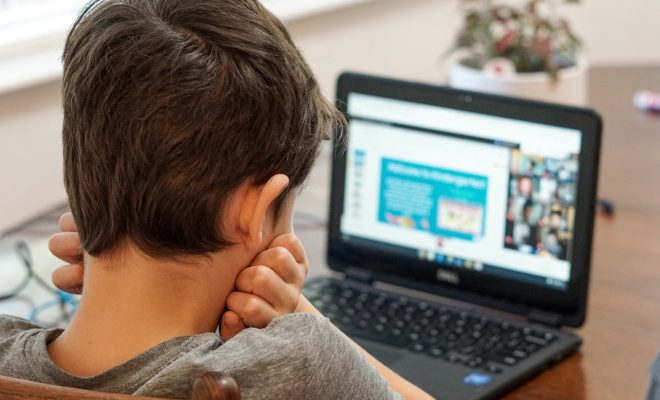Three Signs Your Class Is Suffering from the Digital Divide

While technology is a major force across the world, its impact is not felt equally. While it’s wonderful when obtaining new technology for experiment and implementation isn’t a problem for schools and everyone in them, that condition is anything but the norm. Classrooms, teachers, and students across the nation – and across the world – suffer from being on the wrong side of the digital divide.
The digital divide is the disconnection between those with access to technology and those without. This disconnection includes the following aspects:
1. European American students have much more access to computers than African American students: 81% of European American students use computers at home, but only 44% of African American and 49% of Latino students do.
2. Wealthy schools have more and better technology resources than schools that serve poor students.
3. There is a difference in computer literacy in favor of boys over girls.
In the classroom, computers are used differently by middle-class children who have been in touch with computers than by children who have spent more time in rural areas or are from a low-income family. Middle-class children have better knowledge and a deeper understanding of how a computer works, and so they can take advantage of the technology and concentrate on building new knowledge rather than the basics of learning how to use a computer.
Schools have made great efforts toward reducing the digital divide by increasing the number of computers in schools. Currently, 88% of public high school students have access to computers at their school. In the public school setting, the percentage of European American, African American, and Latino students with access to computers is almost equal.
Race and class may influence how students use computers in schools. Studies have shown that European American students use computers primarily for simulations and applications, and less for drill-and-practice use. Simulations and applications are computer-focused research. Drill-and-practice are more basic activities, focusing on practicing a certain mechanical skill. In contrast, African American students reported using computers for simulation and applications only 14% of the time and reported spending 52% of the time on drill-and-practice. This difference is also apparent in institutions that serve poor students, because the time they dedicate to simulation and application use is only 13% of the total, while in wealthier schools this percentage rises to 30%.
Another aspect of the digital divide is in terms of gender. Several studies on the various differences between girls and boys and their response to or interaction with technology show that both boys and girls use technology, but for very different reasons. The girls studied spent more time using social networking tools, favoring activities and software tools that emphasize creativity, collaboration, and cooperation. The boys, on the other hand, spent more time with software and tools that emphasized competition and allowed them to develop abilities that would differentiate them from their peers. These studies demonstrated no differences in how quickly children of either gender adapt to technology, but there may be gender differences in how well the technology is used by students in the classroom setting for various tasks.
What is the composition of your classroom like? Do students and their families have the economic resources necessary to extend technology from the classroom to the home? Are there limitations on what your school can obtain? What does the pre-existing technology literacy look like among your students?
While modern technology is great, blind application of it can be detrimental in more ways than one. Think about where your classroom falls around the digital divide, and plan out how you’ll bridge the gap accordingly.






